Big cats, with their sleek forms and predatory prowess, hold a special place in the world’s imagination. From the graceful leaps of leopards to the thunderous roars of lions, these majestic animals share a number of characteristics that enhance their mystique. One behavior that often sparks interest among wildlife enthusiasts is their territoriality. Yet, not all big cats guard their domains with the same intensity. Understanding why some big cats are more territorial than others requires a dive into their ecological niches, social structures, and survival strategies.
The Concept of Territory in the Animal Kingdom
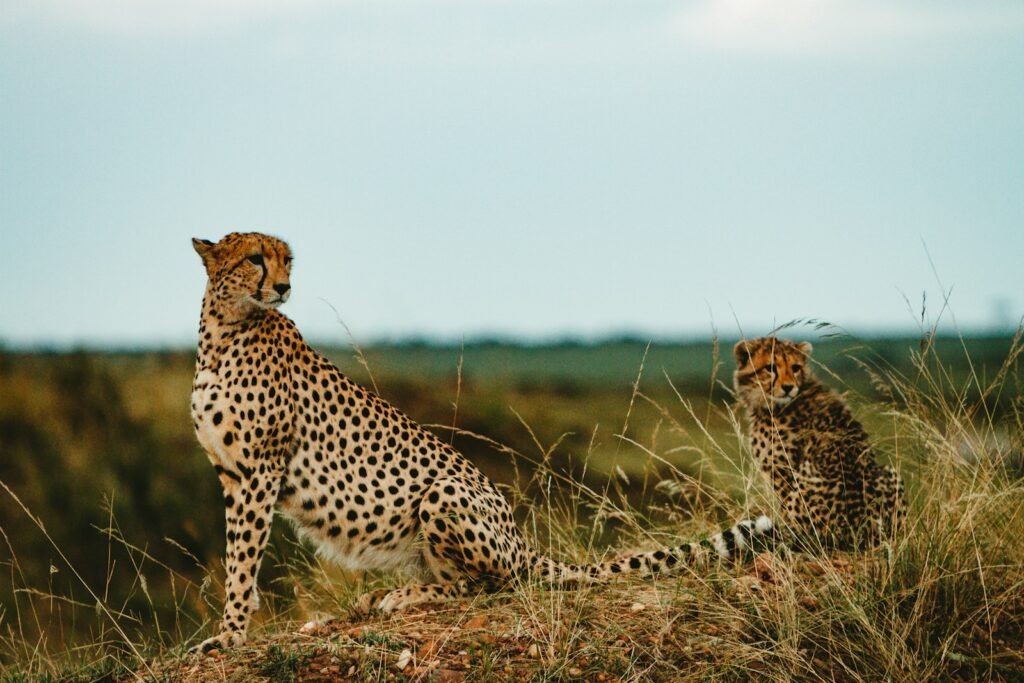
In the wild, territory refers to an area that an animal or group of animals defends against others. For big cats, maintaining a territory is vital for safeguarding resources such as food, mates, and shelter. Territorial behavior helps minimize conflicts and provides a structured framework for coexistence within an ecosystem. While all big cats have territories, the size and nature of these territories can vary significantly between species.
Lion: The Social Territorialist
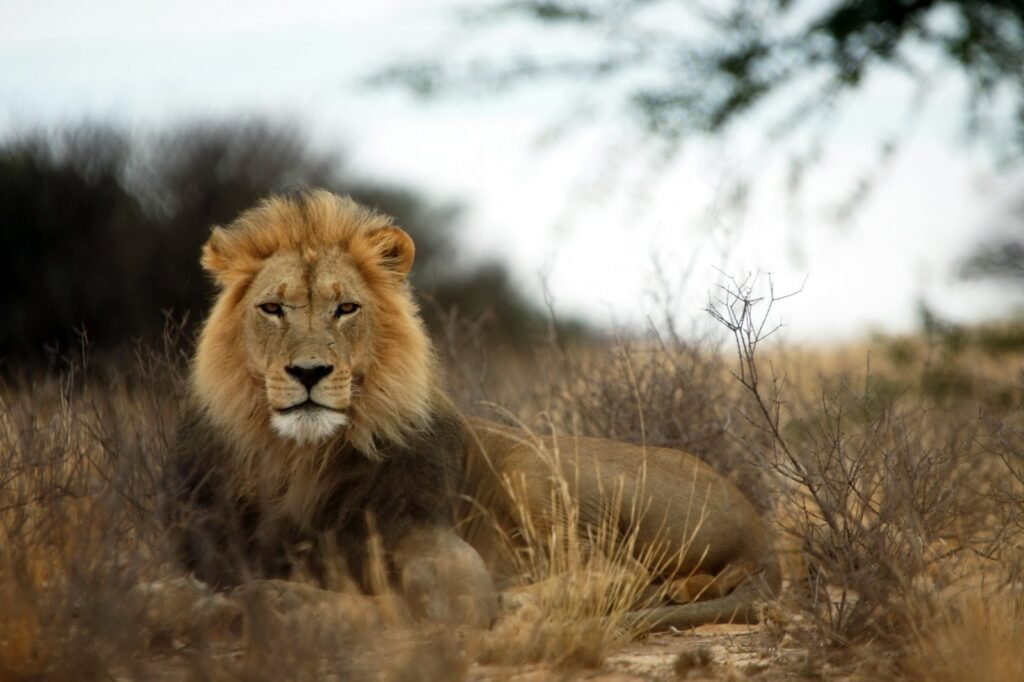
Lions are famously social, living in prides that can range from a few members to over thirty individuals. Their territorial behavior reflects this social structure; they are not just protecting resources but also safeguarding their pride from threats. Male lions, in particular, are fiercely territorial and will aggressively defend their claimed area from rival males. This territoriality is crucial for mating opportunities and ensuring their genes are passed on to the next generation.
Tiger: The Solitary Guardian
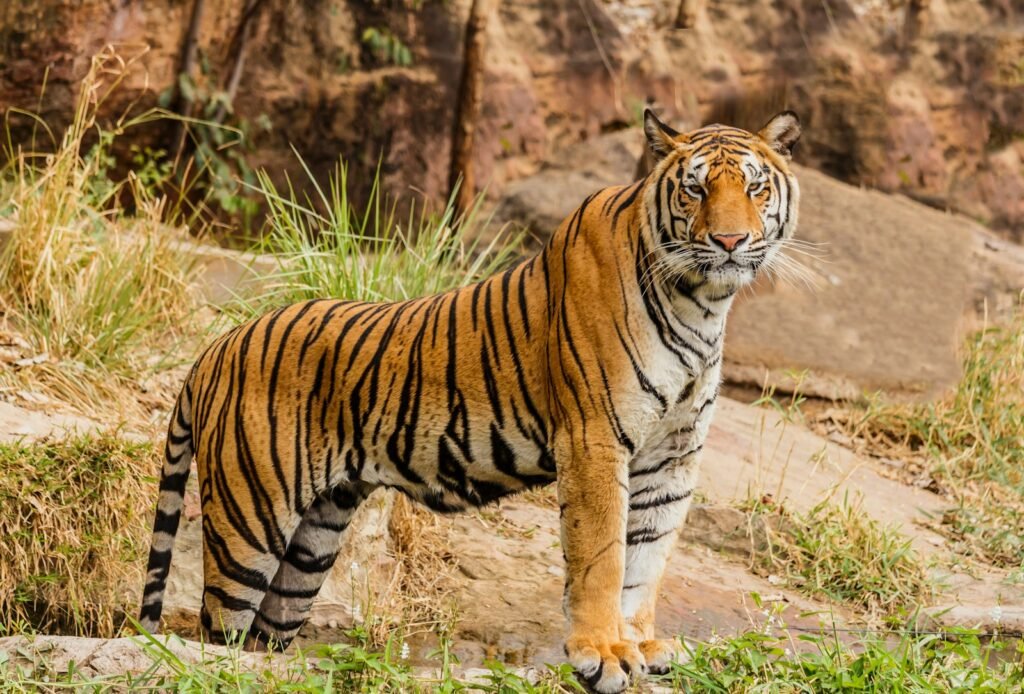
In contrast to the social lions, tigers are solitary creatures. Their territories are primarily about resource control rather than social interaction. A male tiger’s territory may overlap with the territories of several females, but it will aggressively fend off other males. The size of a tiger’s territory is influenced by the availability of prey; in regions with abundant prey, tigers may have smaller territories.
Leopard: The Adaptable Territorialist
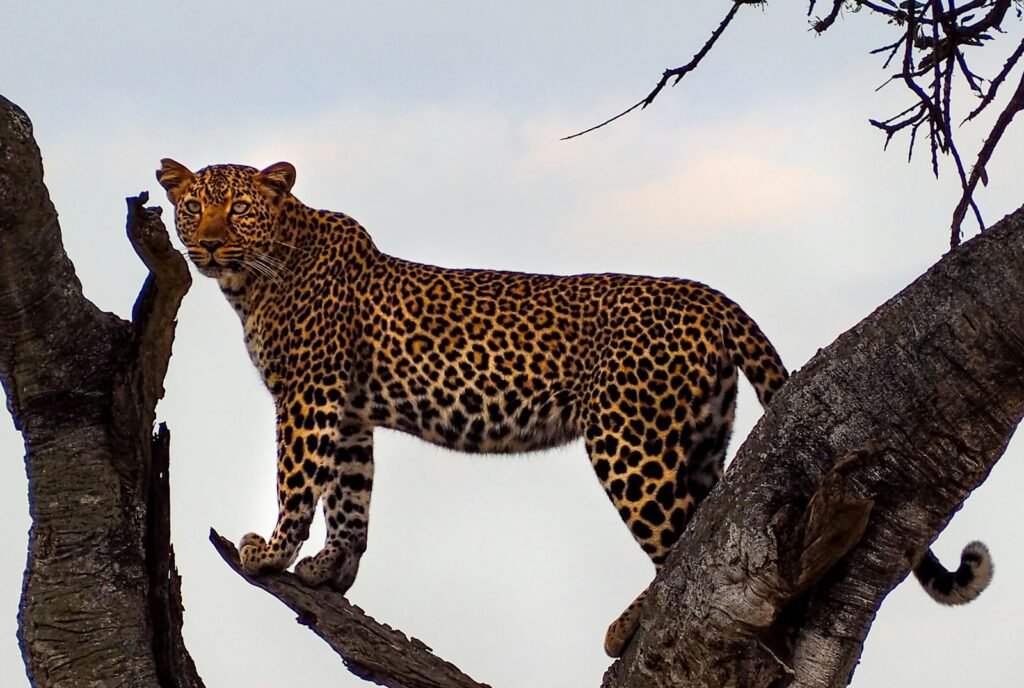
Leopards are incredibly adaptable, able to thrive in various habitats, from savannas to forests. This adaptability is reflected in their territorial behavior. Unlike lions and tigers, leopards may exhibit a less stringent territorial defense, allowing territories to overlap significantly, especially in areas where resources are plentiful. This flexibility can be credited to their opportunistic hunting strategy and ability to coexist in proximity to human settlements.
Cheetah: The Transient Wanderer
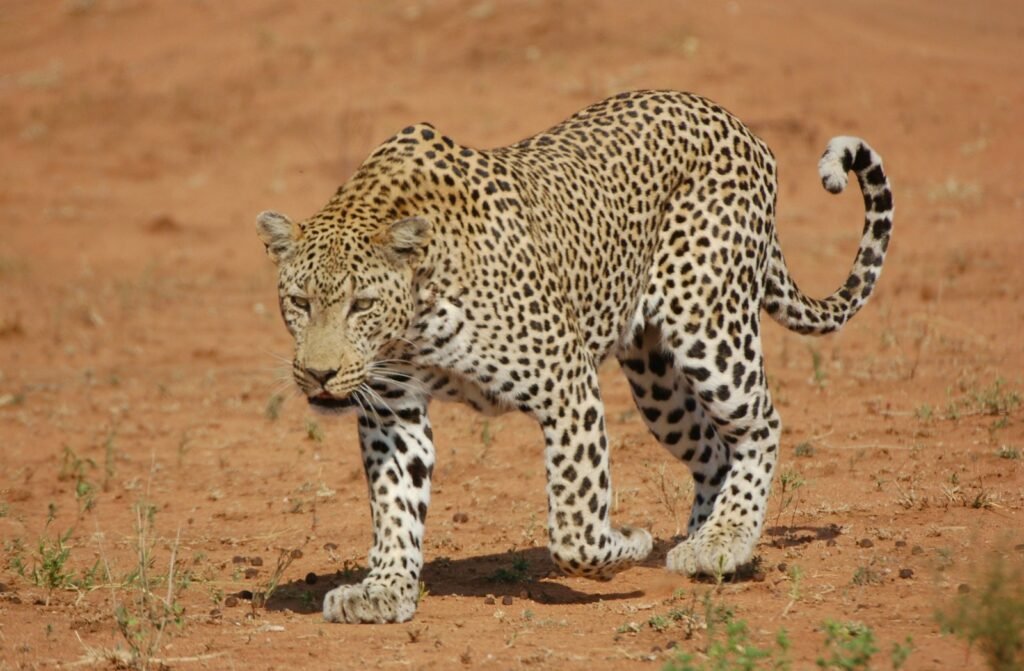
Cheetahs are unique in the big cat world, known more for their speed than their territorial prowess. Males may form small coalitions and hold a territory if prey is abundant. However, in general, cheetahs roam larger areas compared to other big cats, and their territories are less rigidly defended. Their transient nature is driven by their reliance on speed for hunting, which necessitates access to vast, open spaces.
Geographical Influences on Territorial Behavior
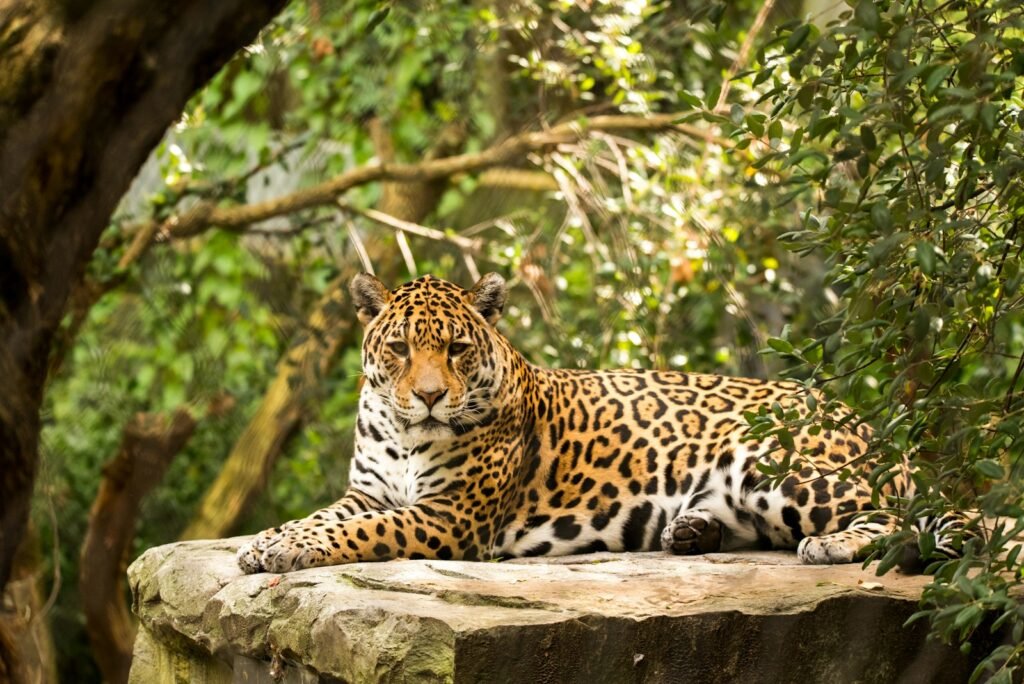
The size and defense of a territory are directly influenced by the geographical environment. In denser jungles with abundant prey, such as those inhabited by tigers, territories may be smaller and more hotly contested. Conversely, in open savannas, like those inhabited by cheetahs, territories need to be large to encompass adequate resources.
Impact of Prey Availability
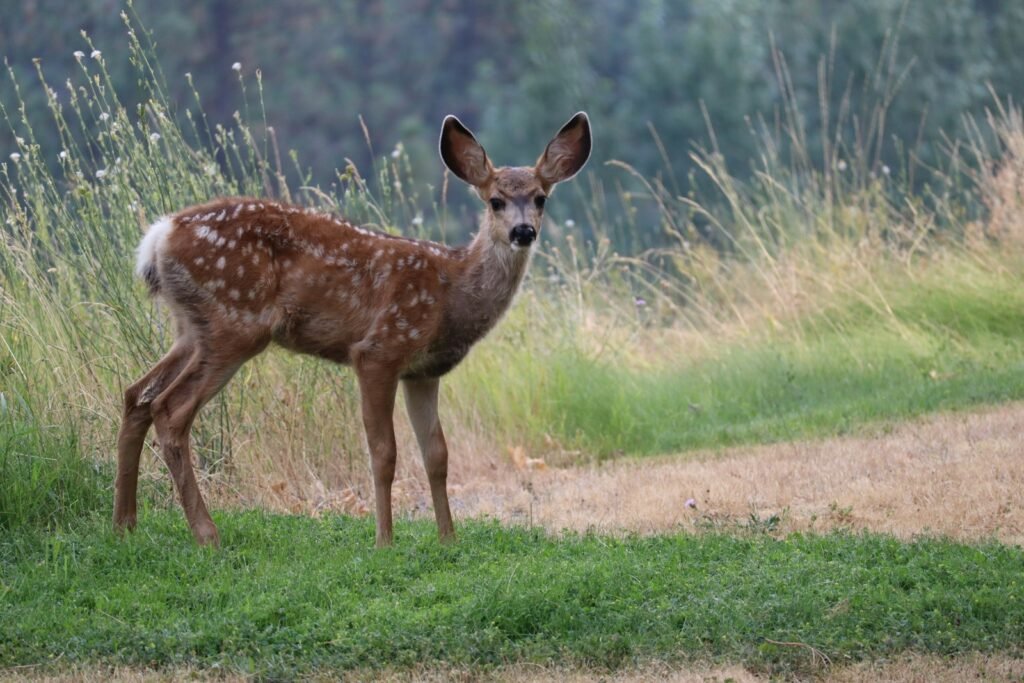
Prey availability is a significant determinant of territorial behavior. Where prey is scarce, big cats tend to occupy larger territories to secure enough food for survival. This is evident in species like the snow leopard, which roams vast expanses in mountain ranges where prey is sparse.
Human Encroachment and Its Effect on Territoriality
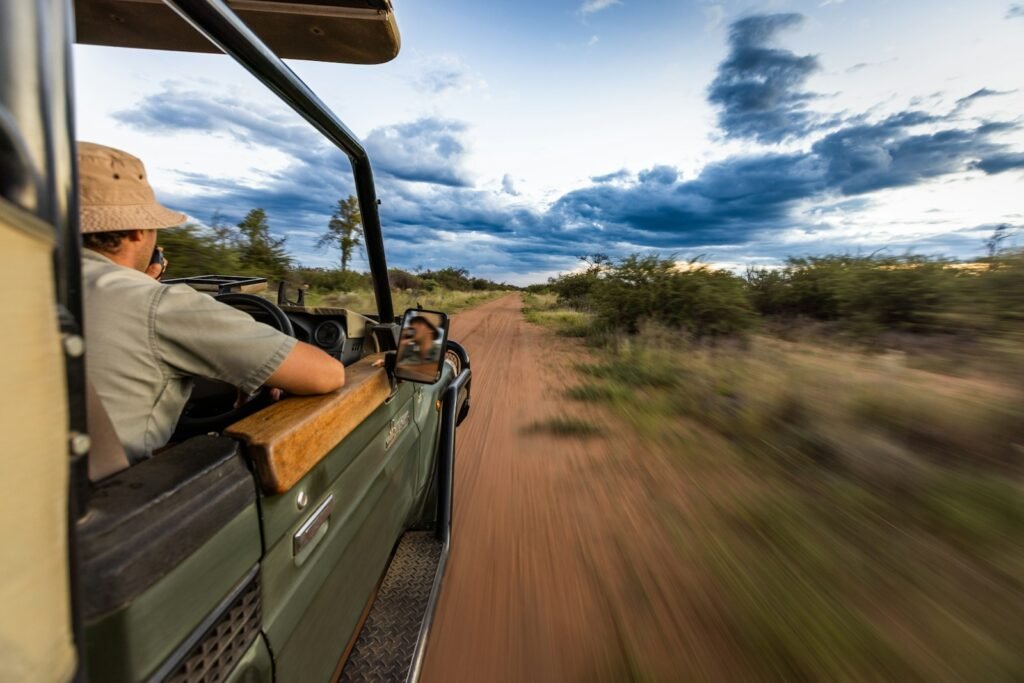
Human activities, such as deforestation and urbanization, have impacted the territorial behavior of big cats. Shrinking habitats force these animals into smaller areas, leading to increased contact and conflicts with both humans and other wildlife. This pressure can alter natural territorial patterns and escalate aggressive encounters.
Conservation Efforts to Preserve Territory
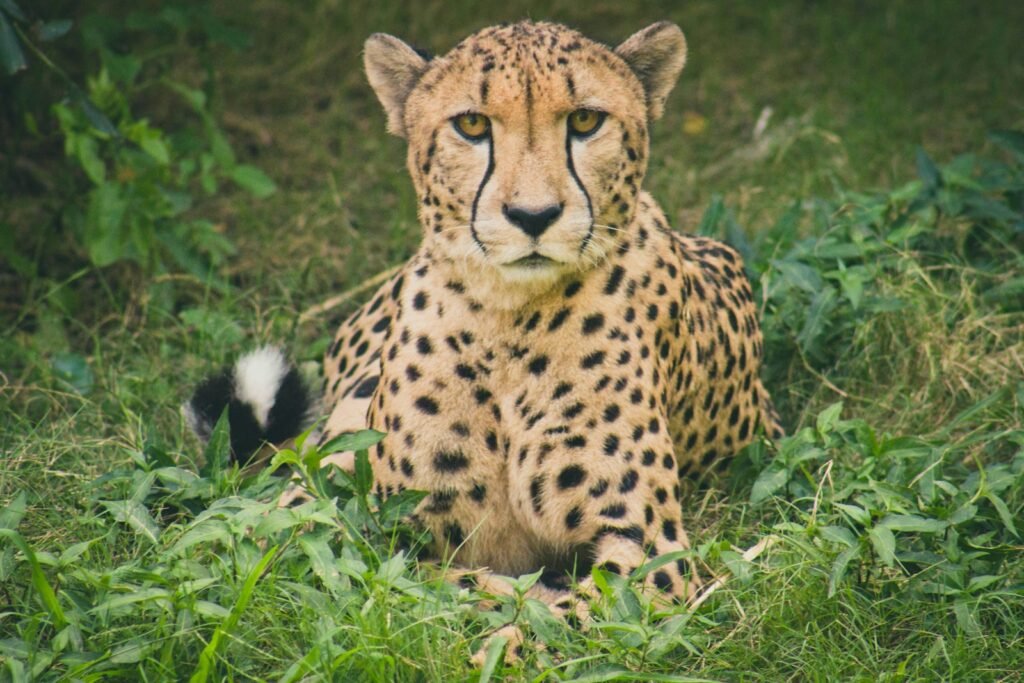
Understanding territorial behaviors is crucial for conservation efforts. Creating wildlife corridors and protected areas can help ensure big cats have enough space to establish and defend their territories. Conservationists also engage in community education to mitigate human-wildlife conflicts, ensuring these majestic creatures have a future in the wild.
Conclusion
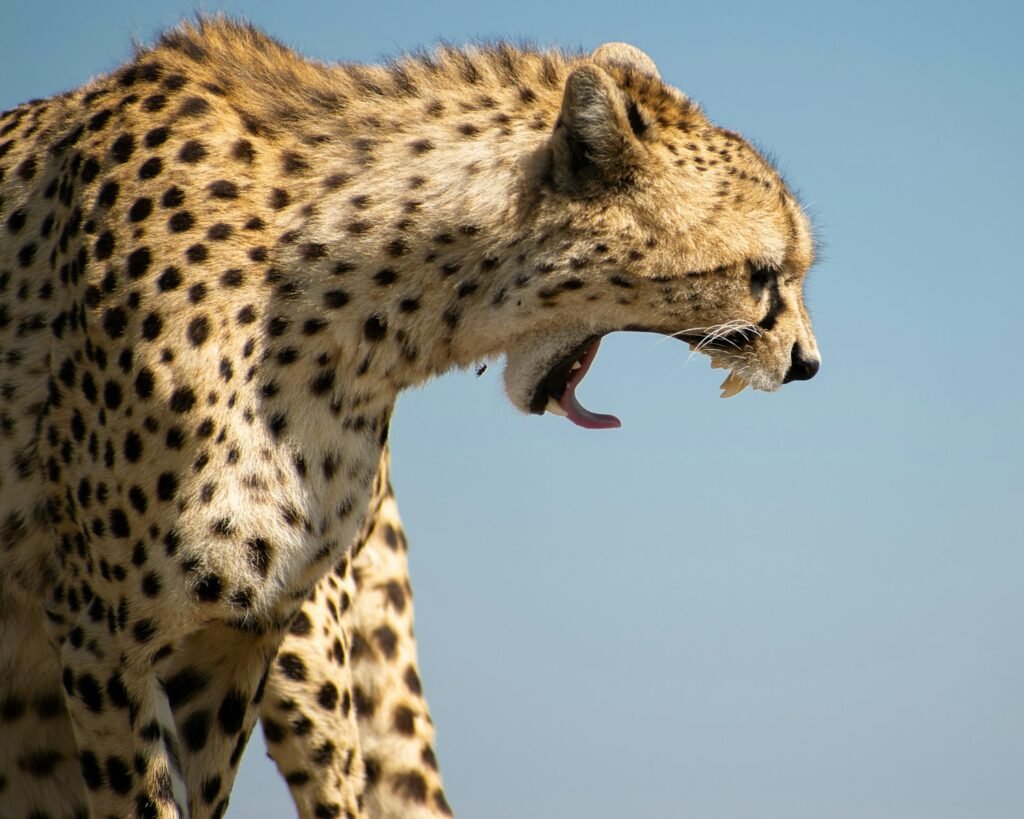
Territoriality among big cats is a complex interplay of ecological requirements, social behavior, and environmental influences. While some species, like lions and tigers, exhibit strong territorial instincts to ensure access to mates and resources, others like leopards and cheetahs demonstrate more flexible behaviors. As humans continue to encroach on their habitats, understanding and respecting these territorial needs is key to ensuring their survival. By fostering cohabitation strategies and supporting conservation endeavors, we can help protect these magnificent creatures and their rightful homes.

Suhail Ahmed is a passionate digital professional and nature enthusiast with over 8 years of experience in content strategy, SEO, web development, and digital operations. Alongside his freelance journey, Suhail actively contributes to nature and wildlife platforms like Feline Fam, where he channels his curiosity for the Feline into engaging, educational storytelling.
With a strong background in managing digital ecosystems — from ecommerce stores and WordPress websites to social media and automation — Suhail merges technical precision with creative insight. His content reflects a rare balance: SEO-friendly yet deeply human, data-informed yet emotionally resonant.
Driven by a love for discovery and storytelling, Suhail believes in using digital platforms to amplify causes that matter — especially those protecting Earth’s biodiversity and inspiring sustainable living. Whether he’s managing online projects or crafting wildlife content, his goal remains the same: to inform, inspire, and leave a positive digital footprint.






